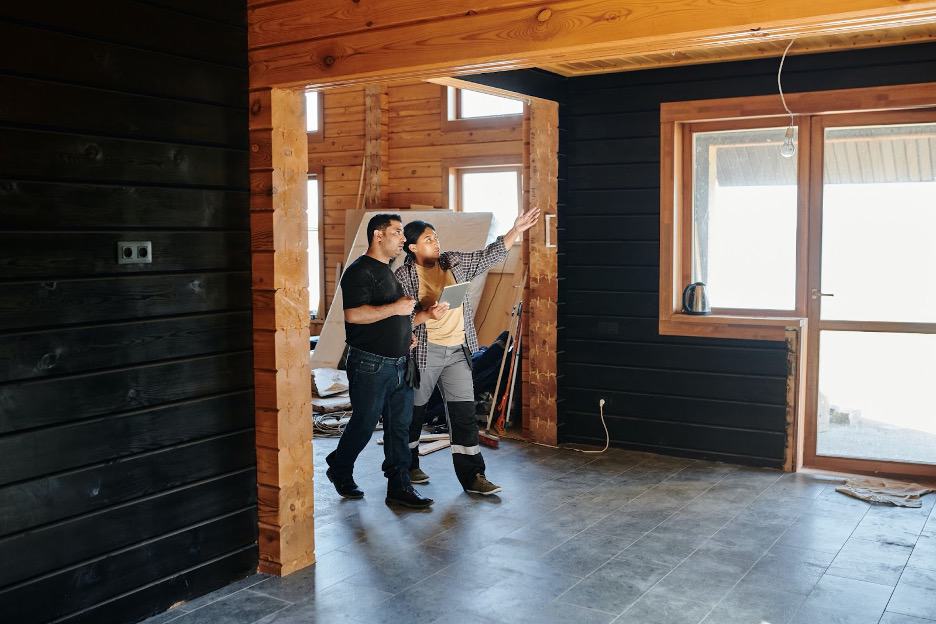In a world where we rely on technology to maintain comfortable temperatures in our homes, schools, and offices, HVAC (Heating, Ventilation, and Air Conditioning) technicians play a crucial role. Not only do they ensure our living spaces are pleasant, but they also work on essential equipment that controls air quality. If you’ve ever wondered about a career in this in-demand field, you’re in luck!
This guide will walk you through the path to becoming an HVAC technician.
Step 1: Research And Understand The Requirements
First things first: you’ll want to understand what the job entails. HVAC technicians are responsible for installing, maintaining, and repairing HVAC systems. They work with a variety of tools and must be skilled in troubleshooting complex machinery. Research the specific requirements for your state or region, as regulations and standards can differ.
In some places, you’ll need an HVAC license. An HVAC license Virginia will necessitate passing certain exams and meeting specific educational and work experience requirements.
Step 2: Get A High School Diploma Or Equivalent
Having a strong foundation in high school subjects like math and physics is essential for understanding the technical aspects of HVAC systems. Most employers require a high school diploma or equivalent as a prerequisite for entry-level positions and training programs. Some high schools also offer vocational courses in HVAC technology, which can give you a head start.
Step 3: Consider Post-Secondary Education
While not always mandatory, some HVAC technicians opt for post-secondary education in the form of a certificate or associate’s degree program in HVAC technology.
These programs typically last from 6 months to 2 years and cover a broad range of topics, including electrical theory, blueprint reading, and safety protocols. You’ll also get hands-on experience working with HVAC systems, which is invaluable when you’re starting.
Step 4: Secure An Apprenticeship
Regardless of your educational path, you will need hands-on experience. Most HVAC technicians complete an apprenticeship that lasts between 3 to 5 years. Apprenticeships are often sponsored by labor unions, industry associations, or individual contractors.
During your apprenticeship, you’ll learn valuable skills like installation techniques, component testing, and state and local building codes.
Step 5: Earn Certifications
Certain certifications can make you more marketable as an HVAC technician. For instance, the Environmental Protection Agency (EPA) requires technicians who work with refrigerants to be certified. Other optional certifications include those related to energy efficiency or specialized HVAC equipment. Earning certifications demonstrates a level of expertise and commitment to ongoing learning.
Step 6: Gain Experience And Specialize
Once you’ve completed your apprenticeship and earned certifications, it’s time to gain experience.
Many technicians start with entry-level positions to get a feel for the job. With experience, you may choose to specialize in areas like commercial refrigeration or solar energy HVAC systems. Specialization can open up higher-paying opportunities and the potential for managerial roles.
Step 7: Continue Professional Development
The HVAC field is continually evolving with new technologies and regulations. Stay current by attending workshops, taking additional courses, and reading industry publications. Ongoing education not only enhances your skills but also keeps you competitive in the job market.
Conclusion
Becoming an HVAC technician offers a rewarding, stable career path with plenty of room for growth and specialization. From obtaining a high school diploma to gaining hands-on experience through apprenticeships and certifications, each step prepares you for the complexities of the job.
Remember, regulations are state-specific, so it’s crucial to understand the requirements in your area. With dedication and continuous learning, you can become an indispensable asset in the HVAC industry, ensuring that people live and work in environments that are not just comfortable, but also safe and efficient.








